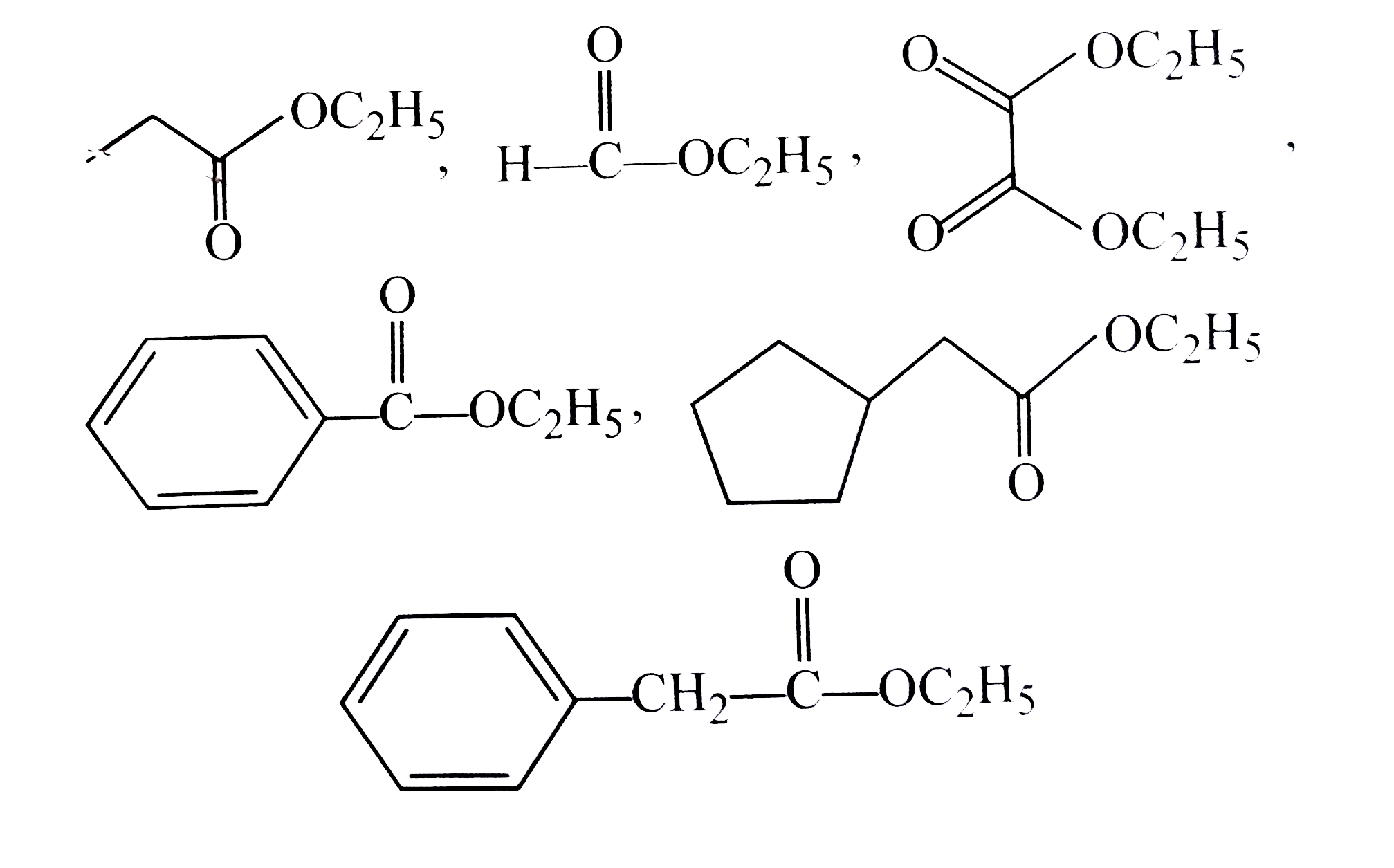How many of the following show vivipary? Pteropus, Camelus, Delphinus, Macropus, Ornithorhynchus, Neophron, Aptenodytes, Rattus, Equus
6
5
8
9
The correct Answer is:A
To determine how many of the listed animals show vivipary (the condition of giving birth to live young rather than laying eggs), we will analyze each animal one by one.
1. Pteropus (Flying Fox): This is a type of bat that gives birth to live young. Therefore, Pteropus shows vivipary.
2. Camelus (Camel): Camels are mammals that also give birth to live young. Thus, Camelus shows vivipary.
3. Delphinus (Dolphin): Dolphins are marine mammals that give birth to live young. Therefore, Delphinus shows vivipary.
4. Macropus (Kangaroo): Kangaroos are marsupials that give birth to live young, which then continue to develop in the mother's pouch. Hence, Macropus shows vivipary.
5. Ornithorhynchus (Platypus): The platypus is a monotreme, which is a group of egg-laying mammals. Therefore, Ornithorhynchus does not show vivipary.
6. Neophron (Vulture): Vultures are birds that lay eggs. Thus, Neophron does not show vivipary.
7. Aptenodytes (Emperor Penguin): Like other birds, emperor penguins lay eggs. Therefore, Aptenodytes does not show vivipary.
8. Rattus (Rat): Rats are mammals that give birth to live young. Thus, Rattus shows vivipary.
9. Equus (Horse): Horses are mammals that also give birth to live young. Therefore, Equus shows vivipary.
Now, let's summarize the findings:
- Pteropus: Viviparous
- Camelus: Viviparous
- Delphinus: Viviparous
- Macropus: Viviparous
- Ornithorhynchus: Not viviparous
- Neophron: Not viviparous
- Aptenodytes: Not viviparous
- Rattus: Viviparous
- Equus: Viviparous
Counting the viviparous animals, we find:
- Pteropus
- Camelus
- Delphinus
- Macropus
- Rattus
- Equus
Thus, a total of 6 animals show vivipary.
- Pteropus: Viviparous
- Camelus: Viviparous
- Delphinus: Viviparous
- Macropus: Viviparous
- Ornithorhynchus: Not viviparous
- Neophron: Not viviparous
- Aptenodytes: Not viviparous
- Rattus: Viviparous
- Equus: Viviparous
- Pteropus
- Camelus
- Delphinus
- Macropus
- Rattus
- Equus
Similar Questions
Knowledge Check
- Question 1 - Select One
How many animals from the following are warm- blooded with 4-chambered heart and oviparous condition?
[Corvus, Struthio, Macropus, Ornithorhynchus, Balaenoptera, Pteropus, Delphinus, Psittacula, Chelone, Calotes, Crocodilus]ASixBFiveCFourDSeven - Question 2 - Select One
How many of the following shows epigeal seed germination?[Cucurbits, Rice, Mustard, Mango, Castor, Gram, Onion, Beans, Groundnut]
ASevenBSixCEightDFive
How many of the following will show isomerism?
Butane, propane, hexane, ethane, pentane, methane, octane.View SolutionHow many of the following compounds can show Claisen condensation reaction?
 View Solution
View SolutionHow many of the following show variable oxidation states in their compounds?
Sc,Cr,Cu,Zn,Fe,Hg,LaView SolutionHow many of the following show variable oxidation states in their compounds ?
Sc,Cr,Cu,Zn,Fe,Hg,LaView SolutionHow many of the following can show both tautomerism, Hyper conjugation , & Aldol condensation

 View Solution
View SolutionHow many of following cannot show tautomerism acetophenone, acetaldehyde, cyclohexanone, acetylacetone, benzoquinone, acetone, benzaldehyde, butanone, ethyl acetoacetate
View Solution



